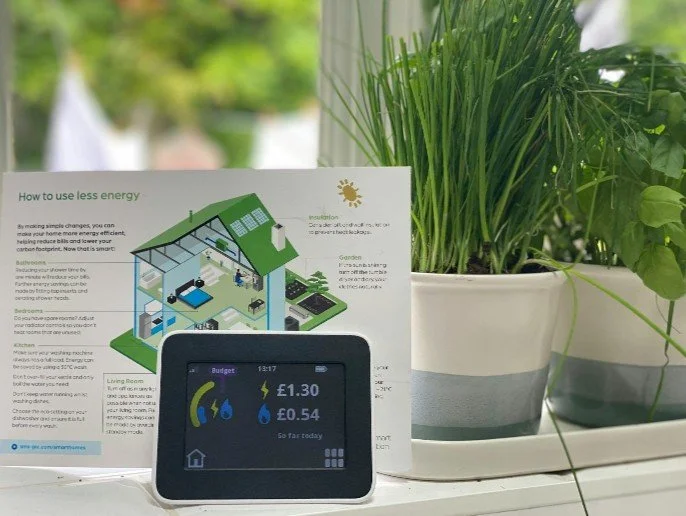By HRCNN – Hampton Roads Construction News Network Staff Writer
The U.S. Environmental Protection Agency (EPA) has unveiled the ENERGY STAR® NextGen Certified Homes Program, an advanced designation aimed at reshaping the future of energy-efficient residential construction. Building upon the proven success of the original ENERGY STAR for Homes certification, the NextGen label introduces more stringent performance criteria, modernized technical requirements, and integrated pathways to achieve net zero-ready status. This initiative reflects a broader national strategy to reduce carbon emissions, enhance grid resilience, and provide lasting energy savings for homeowners.
ENERGY STAR NextGen Certified Homes are designed to meet a new tier of environmental performance by incorporating high-efficiency HVAC systems, smart home technologies, electric-ready infrastructure, and enhanced thermal enclosures. The program mandates independent third-party verification and performance testing to ensure rigorous quality control across all construction phases. By aligning design and construction standards with evolving federal climate goals, the NextGen program positions builders and contractors at the forefront of compliance and consumer trust in the clean energy era.
For builders and contractors operating within the Hampton Roads region, the NextGen certification framework offers a distinct market differentiator. As municipalities across the Commonwealth of Virginia increasingly prioritize climate-resilient growth, ENERGY STAR NextGen homes provide a compliant and future-ready housing typology. Furthermore, this designation may help contractors meet or exceed local and regional energy codes, secure utility incentives, and qualify for potential federal tax credits under the Inflation Reduction Act (IRA).
The implications for permitting, zoning, and long-term site performance are substantial. ENERGY STAR NextGen Certified Homes are not merely efficient—they are forward-thinking infrastructure investments that reduce community strain on electrical grids and water systems. By designing for electrification-readiness, builders and contractors help future-proof housing stock against grid instability and prepare communities for an anticipated expansion of renewable energy sources. Additionally, improved indoor air quality and envelope tightness align with public health standards and tenant protections now emphasized in many Virginia jurisdictions.
From a consumer perspective, ENERGY STAR NextGen homes deliver verified energy savings, improved comfort, and lower utility bills—all underpinned by the EPA’s trusted certification mark. As awareness grows among homebuyers and policymakers alike, certified builders and contractors gain a reputational advantage for delivering homes that prioritize both performance and sustainability. In a housing market increasingly driven by transparency and accountability, ENERGY STAR NextGen represents a legally defensible and environmentally responsible certification for residential construction professionals.
Earthly Infrastructure® Building and Infrastructure Development Inc., a proud ENERGY STAR® Partner, actively supports the deployment of certified homebuilding standards across Virginia. This formal partnership was established under the leadership of company founder Eric S. Cavallo, who remains committed to aligning Earthly Infrastructure’s mission with nationally recognized energy performance goals. As a regional advocate for high-efficiency and climate-resilient construction, Earthly Infrastructure® continues to promote ENERGY STAR initiatives through its projects, educational outreach, and the Hampton Roads Construction News Network.





